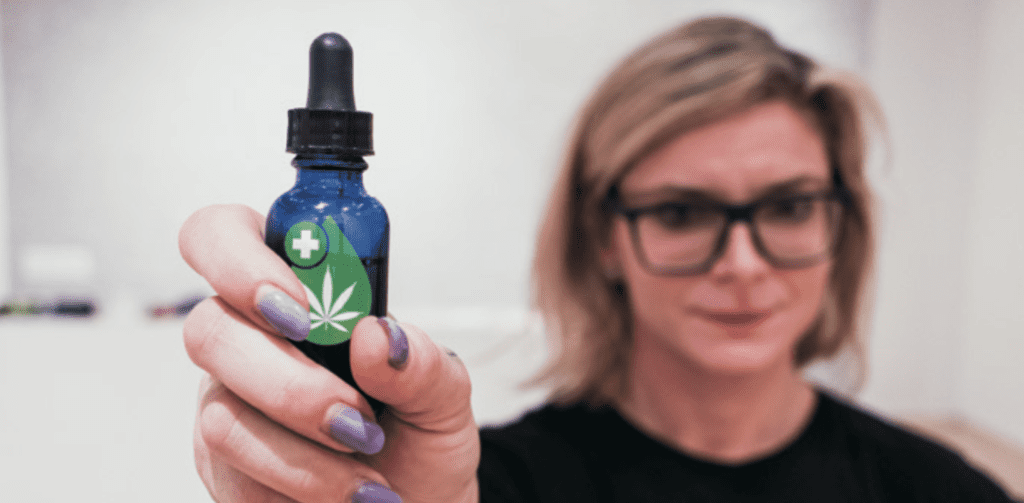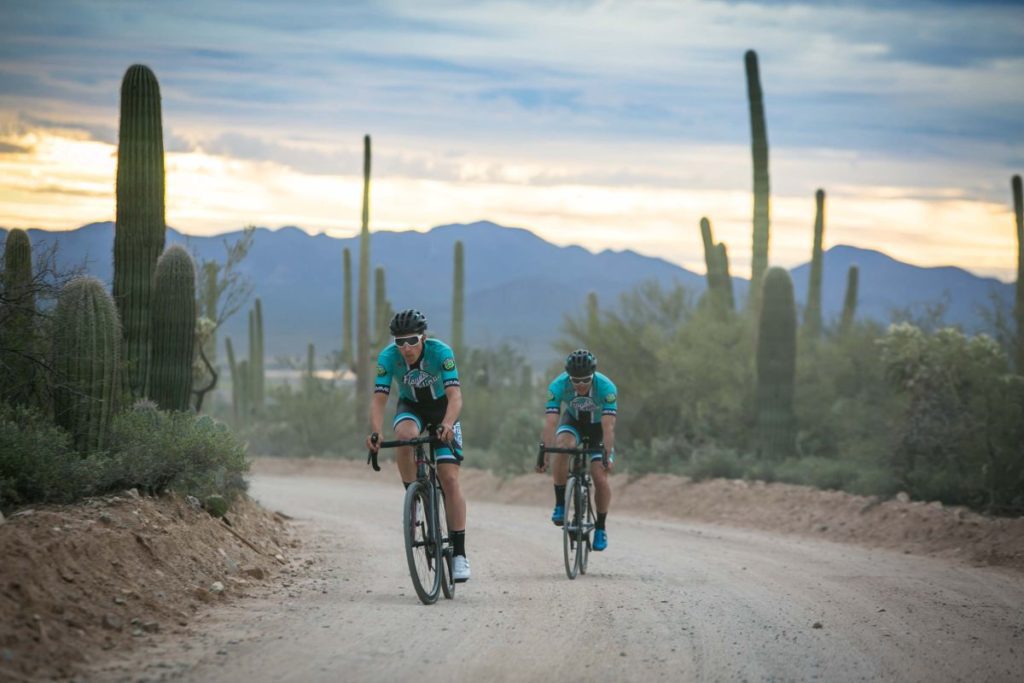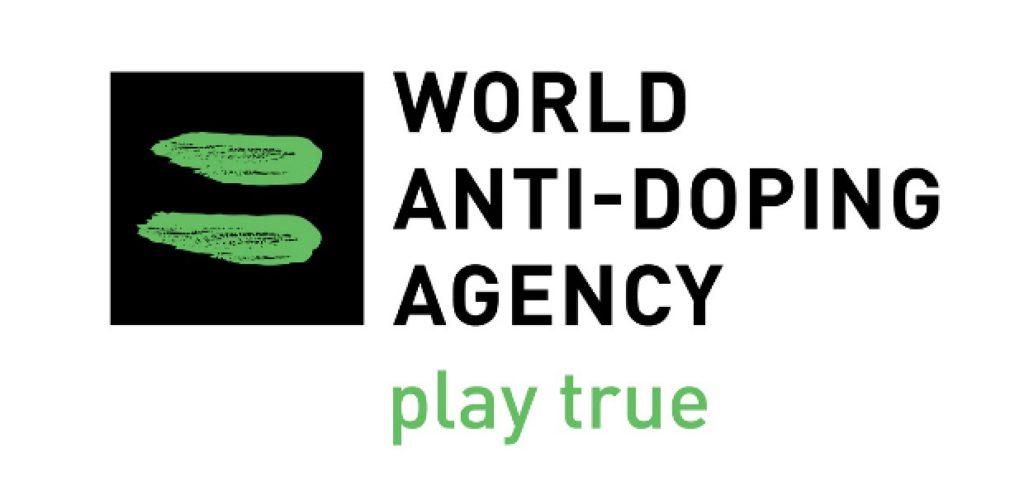Is cannabis the next recovery secret?
What role does CBD play in sport?

— by Sean Mackinnon
Recently disgraced cyclist Floyd Landis started a new company, Floyd’s of Leadville, which is distributing cannabis products. Some of my cycling buddies started to wonder how beneficial these recovery products might be. Since Canada legalized recreational marijuana in the fall of 2018, it got me wondering if it might soon become a useful tool for cyclists and triathletes in the never-ending search for a competitive edge.
Related: Five of the most expensive recovery gadgets
All this isn’t exactly new. In January 2017, Cannabidiol (CBD) was removed from the World Anti Doping Agency’s (WADA) prohibited list. Both tetrahydrocannabinol (THC) and CBD, the two main compounds that make up marijuana, are no longer tested for during out of competition tests, leaving athletes the choice to use their own discretion when they are not competing. In 2013, WADA raised the THC testing threshold from 15ng/ml to 150ng/ml in competition, which helped decrease the chance of athletes testing positive because of the long half-life of THC, which is still part of in-competition tests.

Canada is now one of the first places that an entire population can legally consume a drug that has hardly been researched compared to many drugs that are part of the multibillion-dollar pharma industry. Cannabis legalization will force the government to research and regulate a product that is already a multibillion-dollar industry.
So what is CBD? It is one of the many compounds that make up the cannabis plant. It can be extracted from the plant, and then pure cannabidiol products can be created. CBD currently comes in many different forms of consumption. Oils, capsules, vaporized smoke, creams – the list goes on and on. It’s even being incorporated into cocktails, smoothies and coffee. Cannabidiol does show some promising benefits, however, on its own when not coupled with the THC component of cannabis, but the research has had some setbacks.
Does it help?
To understand the process the human body goes through when consuming cannabis, it is crucial to understand the endocannabinoid system (ECS). This system was discovered by Dr. Raphael Mechoulam in the 1990s. The ECS regulates aspects of emotional, physical and mental health. Just like other systems in the human body, this system needs to be balanced and taken care of. The ECS is made up of receptor sites on cells called CB1 and CB2. Endocannabinoids, which are produced in the body from fats we eat, binds to both the CB1 and CB2 receptors. These CB1 and CB2 receptors send information all over the body to cells, organs and the nervous system. Appetite, cellular energy, emotions, memory, immune function, inflammation, pain, sleep and motor control are some of the things our endocannabinoid system regulates. The high that is felt when consuming cannabis is a result of THC binding to CB1 receptors all over the body and, in turn, playing an increased role in regulating the body in the hours after consuming THC.
Both marijuana and CBD are being embraced by some world-class athletes. So much so that the National Hockey League is leading the way for testing and monitoring cannabis use. Players are tested for cannabis and other illicit drugs. Should a sample containing “significant amounts” of the substance be found, the player is referred to a behavioural health program. This strategy is aimed to support the players and assist with potential substance abuse occurring. Hockey is taking an approach that could one day be adopted by other professional sport leagues and even by WADA – not punishing athletes for using recreational drugs, but keeping tabs on the legitimate negative health effects that can arise from substance abuse.
So, back to Floyd Landis. You’ll likely remember Landis from his 2006 Tour de France win that was subsequently taken away due to a positive test. He recently settled his long-standing whistleblower suit with Lance Armstrong and has brought his name and his lawsuit settlement north to support the rebranding of the former Silber Pro Continental team, which developed some of Canada’s best young riders in the pro peloton. The team is suddenly backed by those settlement funds and Landis’s new business venture, which offers CBD-specific products.

Related: Floyd’s Pro Cycling unveils new kit, race program and signs more Canadians
Although all Canadians of legal age can now purchase recreational marijuana, get- ting your hands on CBD oil and, more importantly, pure CBD oil that’s both been tested and made legally isn’t easy. For athletes to commit to adding an additional supplement into their regime they need to know exactly what they are taking. Testing and certified products have eased the minds of athletes as they reach for pre-, during and post-workout supplements to maximize performance and improve recovery. They’ll want the same thorough testing process done to ensure they won’t test positive if they incorporate CBD into their training and recovery regime. What little research there is has shown that cannabidiol can provide benefits associated with pain relief, inflammation and combating anxiety. For now, Canadians outside of the medical marijuana bubble will have to wait patiently to see what kind of CBD products might roll out through the legalized recreational marijuana market.
The U.S. legalized hemp and CBD in 2018, opening the gates for a new wave of entrepreneurs to storm the market with endless ideas surrounding this substance. However, the CBD craze should be faced with some skepticism – dosing and the purity of the products are two areas that have already been brought up as concerns with this new product.
Right now, the process is very much trial and error – people are trying to find out what works for them. These days, when it comes to high-performance sport, nothing is left to trial and error, so it would be silly to think navigating your own Endocannabinoid system would be the most effective way to improve your health or promote recovery.
At the top level of sport, there are certainly some athletes who use cannabis, or one of its components, in one capacity or another, but we really need more research to reaffirm and legitimize the claims of what CBD really can do.
Sean Mackinnon is a former member of the Canadian national cycling team. He won two bronze medals at the 2015 Pan Am Games.

